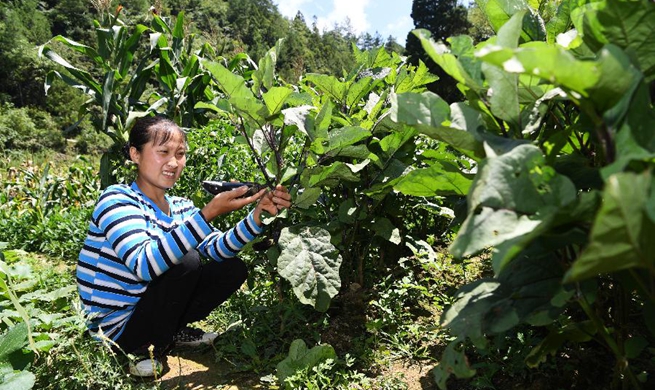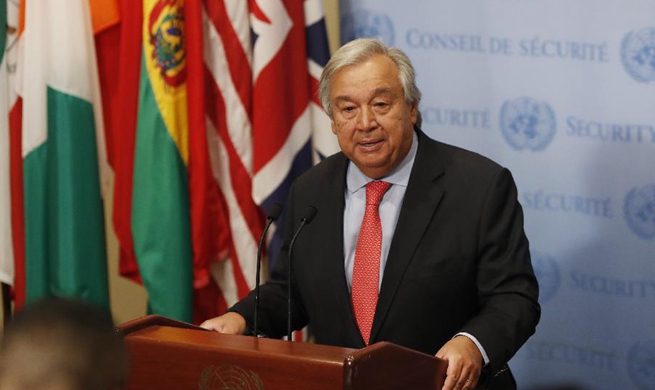SYDNEY, Aug. 11 (Xinhua) -- Health programs for adolescents across the developing world receive a disproportionately small amount of international aid, prompting the need to reconsider the levels and patterns of such support, according to latest Australian-linked research.
The study, which analyzed international funds for youth health projects in 132 low and middle-income countries from the years 2003 to 2015, found that just 1.6 percent of global investments in the sector were spent on projects for adolescents, even as the youths accounted for more than 10 percent of the disease burden in those places, Professor George Patton from the Murdoch Children's Research Institute said in a statement on Saturday.
Nearly 90 percent of the world's adolescents live in low and middle-income countries, with young people making up 30 percent of the population in low-income areas, according to the institute.
"Of the little invested, most funds go to adolescents indirectly through programs for HIV particularly in sub-Saharan Africa. However, a large number of young people in low-income countries are being disabled as a result of depressive disorders, self-harm and car accidents," said Patton, who co-authored the findings published in the JAMA Network Open medical research platform.
Expenditure in "neglected areas" such as mental health and car accidents would bring significant benefits for adolescents -- "for their future health, their productivity and the healthy growth of their children", he said.
"Adolescence lays a foundation for future health, quality-of-life and economic productivity. And it is therefore remarkable that this group has been so undervalued in international development," said Patton.
"Considering how important young people are for the future wellbeing and economic development of low- and middle-income countries, international donors need to reconsider both the levels and the patterns of investments that they are making," said the study's senior author Chunling Lu, from Harvard Medical School in the United States.













